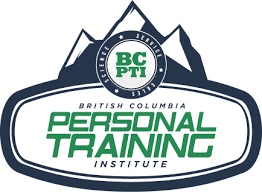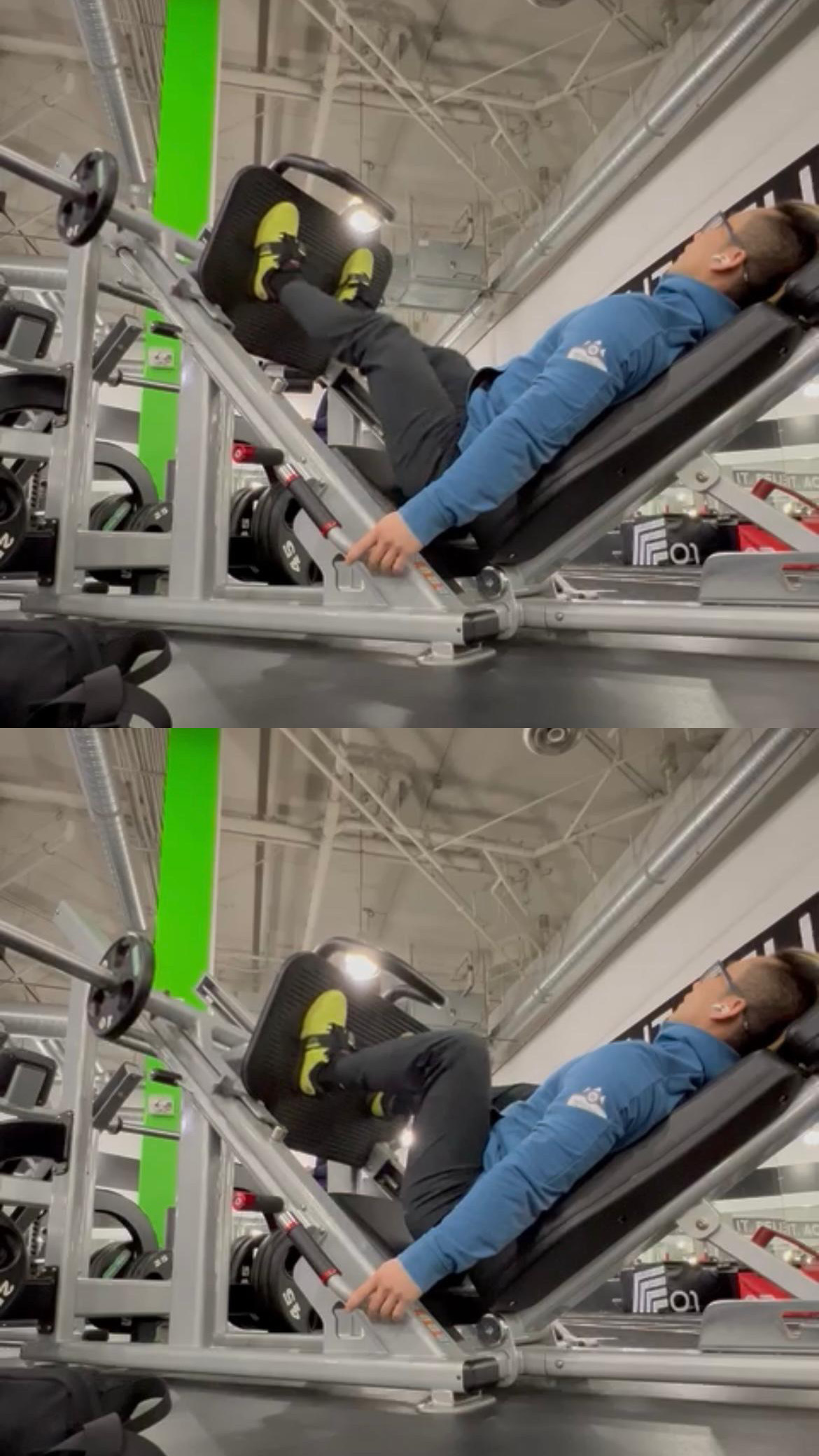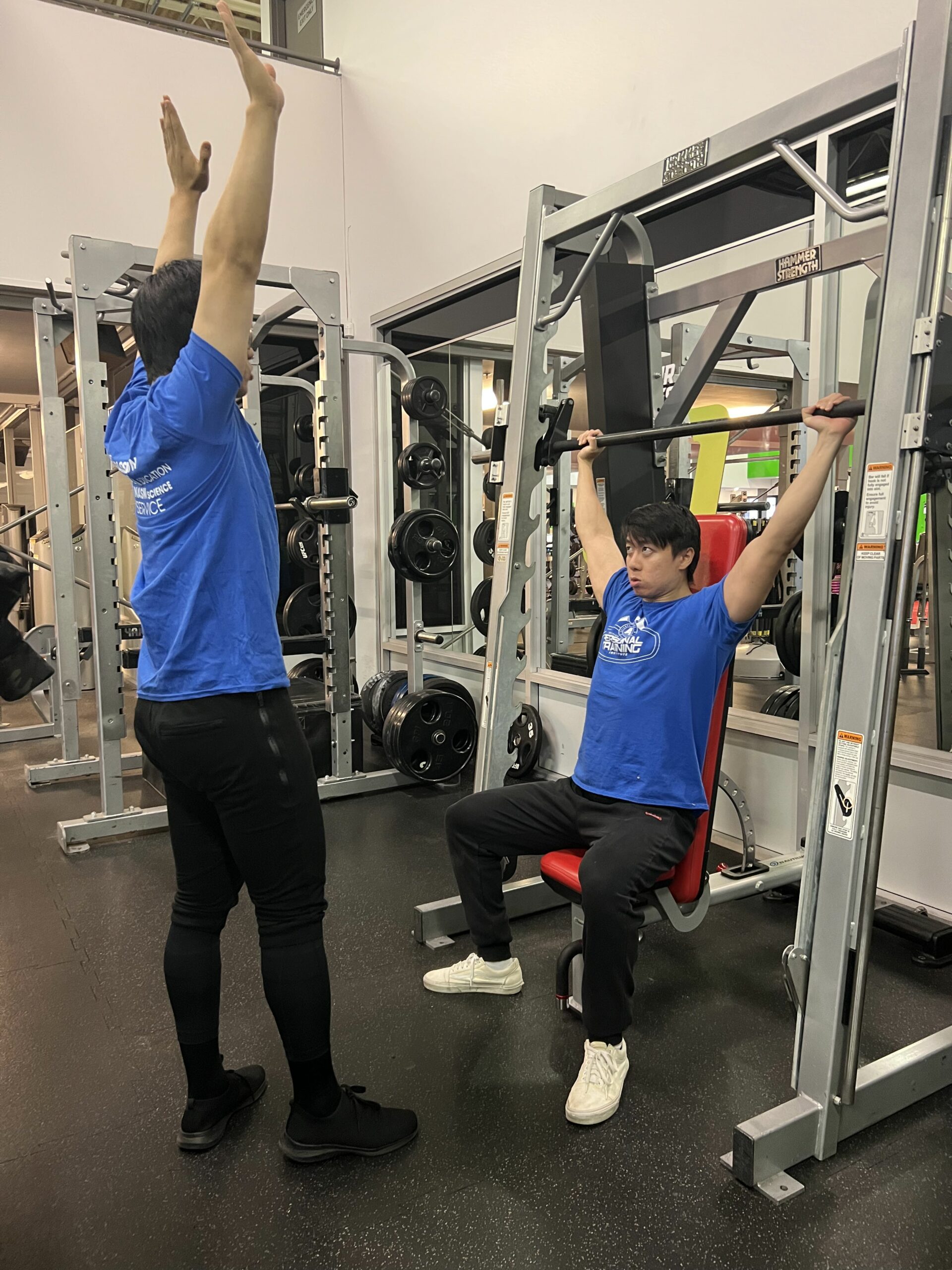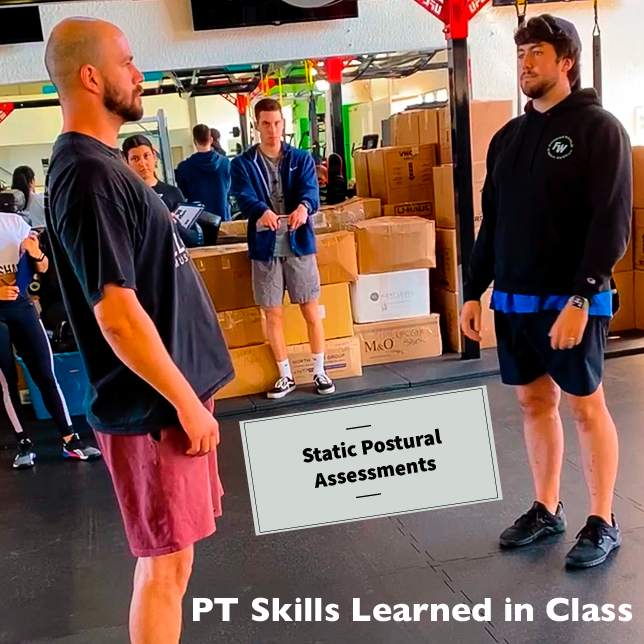Whether your client is a pro athlete or woman trying to lose 10 pounds after giving birth to her first child, assessment is the foundation from which all trainer-client accountability is formed.
Assessment is a personal trainer’s tool to program individualization. For low function, adult recreational clients and/or athletes prone to injury, a functional movement assessment informs the trainer of a client’s ability to perform basic movement patterns accurately and consistently. Generally, trainers should measure the “capability” to move before they assess “capacity”. Once a client has developed the function and has shown the ability to perform basic movement patterns, the trainer can begin to progressively overload and measure the physiological capacity of these movements.
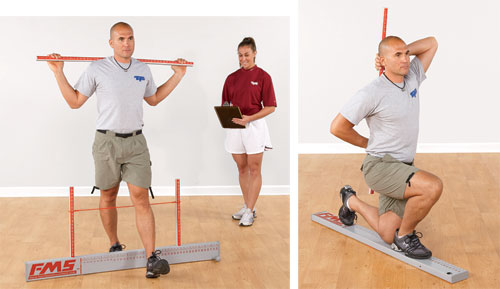
Whether your client is a pro athlete or woman trying to lose 10 pounds after giving birth to her first child, assessment is the foundation from which all trainer-client accountability is formed.
Assessment is a personal trainer’s tool to program individualization. For low function, adult recreational clients and/or athletes prone to injury, a functional movement assessment informs the trainer of a client’s ability to perform basic movement patterns accurately and consistently. Generally, trainers should measure the “capability” to move before they assess “capacity”. Once a client has developed the function and has shown the ability to perform basic movement patterns, the trainer can begin to progressively overload and measure the physiological capacity of these movements.
In this sense, “if you are not assessing capability & capacity, you are guessing” as to whether the program can actually help a client achieve their fitness, life or performance goals
Furthermore, the combination of assessing and then developing movement capability and capacity allows trainers to create programs which are both process / mastery of technique and outcome focussed. This combination has been shown to increase overall program gratification and long-term adherence. A process / mastery of technique focus, helps to remove movement errors and set clients up for success against wear, tear and injury. Although plenty of research has shown that those who move poorly or asymmetrically are prone to injury, trainers often feel compelled to challenge a client’s fitness. If the sprinter client mentioned earlier was prone to injury, but their program doesn’t focus on repeatable, accurate movement capability before capacity, the trainer risks injury and a client’s long-term success against short-term gain. Remember, an injured client is giving their therapist money you should be earning.
At BCPTI we teach trainers how to assess, integrate the results and progress clients to movement and fitness success simultaneously.
